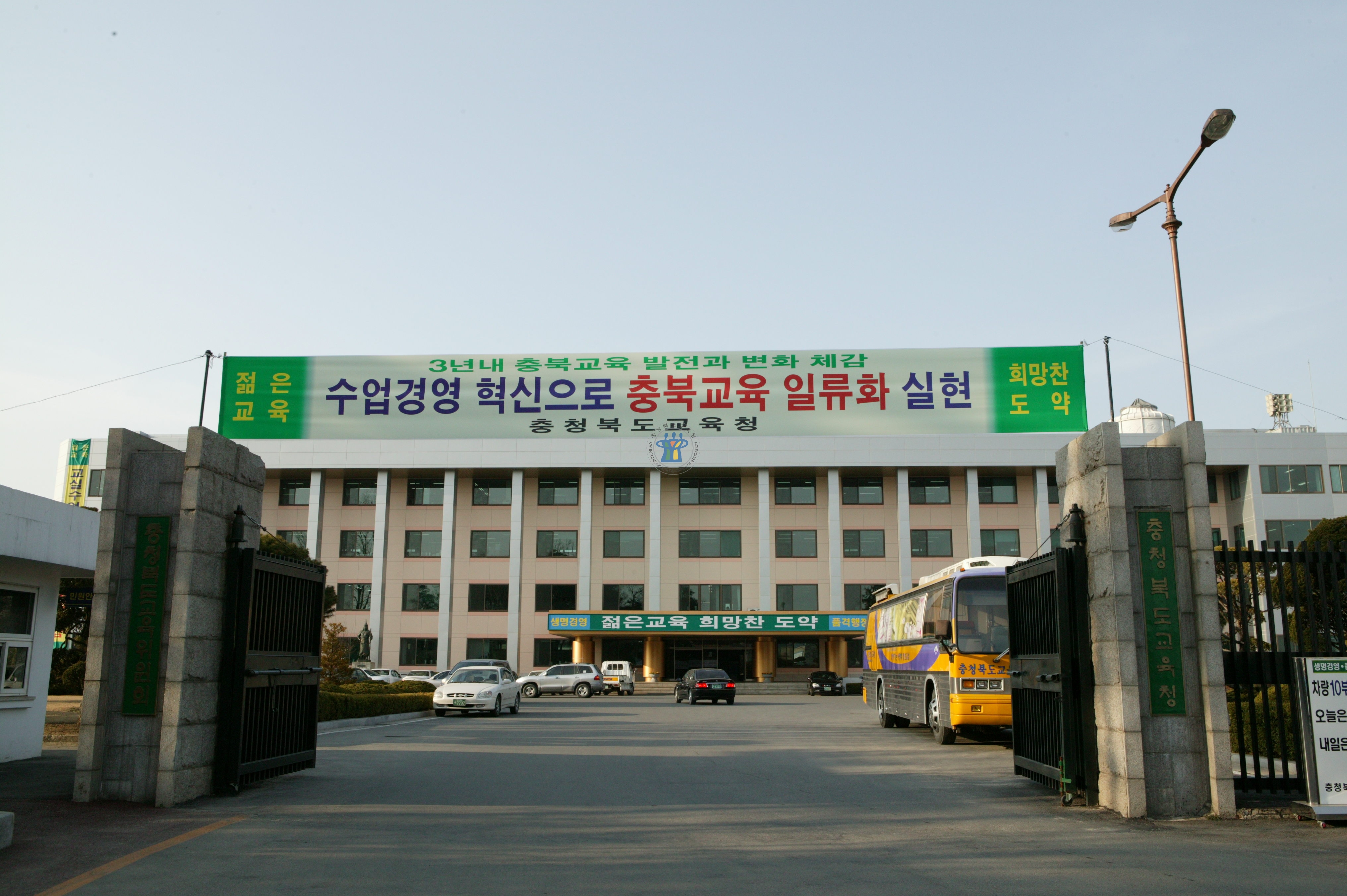
In Chungcheongbuk-do, the enrollment rates of various high schools have heavy deviation depending on the location. In Cheongju, each enrollment rate of boom towns and old towns has high disparity. It shows that the polarized education is deepening more and more.
According to Chungcheongbuk-do Office of Education, 99.7 percent of middle school graduates entered high schools, but the enrollment rates of academic high schools, special high schools and specialized high schools show severe differences depending on the areas students live in. In Okcheon-gun, Jeungpyeong-gun and Yeongdong-gun, about 55 percent of middle school graduates entered academic high schools, and about 40 percent of students entered specialized high schools such as technical high schools or commercial high schools. In Cheongju and Cheongwon-gun, the enrollment rate of academic high schools is higher than 67 percent, but the enrollment rate of specialized high schools is lower than 26 percent. Yongam-dong, Gagyeong-dong and Yullyang-dong are located in Cheongju, where the apartments are concentrated, have more than 70 percent academic high school enrollment rates. However, the enrollment rates in old towns such as Mochung-dong and Daeseong-dong are low at 60 percent. 74 percent of students living in Eumseong-gun, where urbanization continues to increase, enrolled in academic high schools, but only 16 percent enrolled in specialized high schools.
In addition, the enrollment rates of special high schools such as science high schools, art high schools, foreign language high schools and autonomous high schools show the widest gap between towns. Eumseong-gun, Jincheon-gun and Cheongwon-gun’s enrollment rates are over 8 percent. However, Goesan-gun, Danyang-gun and Boeun-gun stand at 2 percent. In Cheongju, the enrollment rates in housing site developments such as Sannam-dong and Gagyeong-dong reached 7 percent on average, but the enrollment rates in old towns remained at 7 percent.
'Polarization' is rampant in Korea society. The ultimate social polarization starts from the polarized education. Class disparities from education spawn differences in wealth and information. The society where members have a sense of polarization leads to continue the polarization again. In Chungcheongbuk-do, the education polarization where students' futures heavily rely on parents' economic strength is gradually becoming more severe.


 All
All Campus News
Campus News Society & Global
Society & Global People
People Feature
Feature Experience
Experience Column
Column Culture
Culture Cartoon
Cartoon Photo News
Photo News All
All Society & Global
Society & Global






 안수용
안수용











